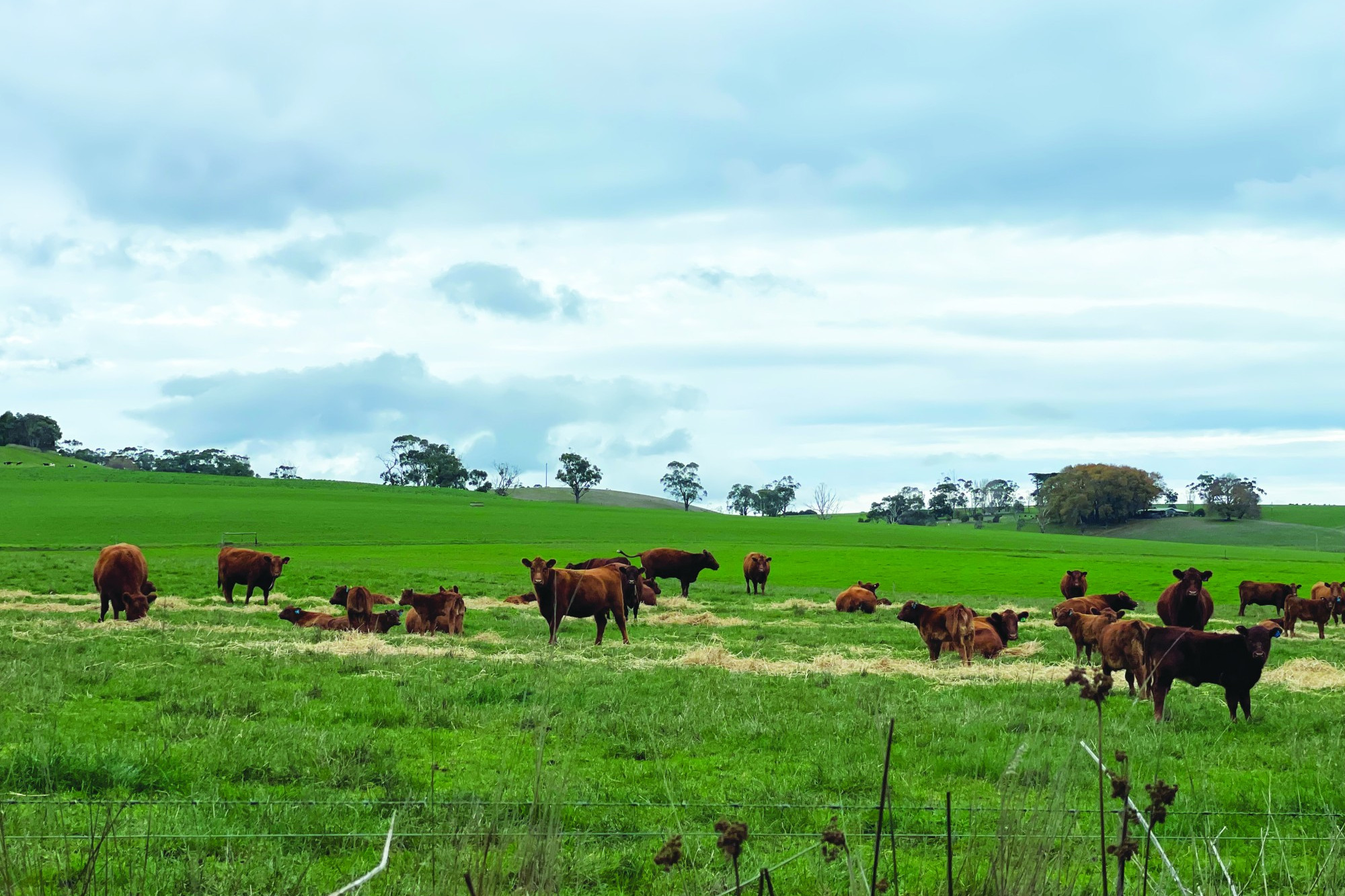General News
31 May, 2022
ABS data reveals ag’ input into economy
SOUTH West Victoria is the country’s largest agricultural producer, new data from the Australian Bureau of Statistics (ABS) has revealed.

SOUTH West Victoria is the country’s largest agricultural producer, new data from the Australian Bureau of Statistics (ABS) has revealed.
The ABS’ figure on the gross value of agricultural regions found that out of 50 Natural Resource Management Areas, Glenelg Hopkins (number one) and Corangamite (number eight) agricultural producers came out on top – contributing over $4.6 billion in production over the 2019-20 period.
Spanning key industries including wool, dairy, livestock and horticulture, seven of Australia’s top 10 agricultural regions were in Victoria.
Food and Fibre Great South Coast (FFGSC) chair Georgina Gubbins said this “incredible achievement” should come as no surprise to the industry and state.
“Our food and fibre producers have long been the backbone of our local communities, and the agricultural powerhouse of our entire state,” Ms Gubbins said.
“It’s wonderful to see the ABS confirm we’re number one nationally.”
The entire agricultural industry in Victoria’s south west region accounts for more than 21 per cent of all jobs, drives 60 per cent of the regional economy and contributes more than $3 billion in annual GRP.
FFGSC chief executive officer Natalie Collard said the upward trend was only going to increase.
“Research we commissioned last year found there was huge potential for significant industry growth with simple, sustainable adjustments to our water use,” Ms Collard said.
“If we increase water efficiency by a very achievable 10 per cent we would see notable outcomes for industry productivity, including an additional $40 million for our local economy, 400 FTE and $21.7 million for local households. Critically, this can be done while upholding our strong commitment to sustainable water use."
“We’re now working hard with industry to make that happen with sustainable practices and improved water management."
“It’s important to remember that this is a vital next step not just for agribusinesses but the entire local community who reap the benefits.”